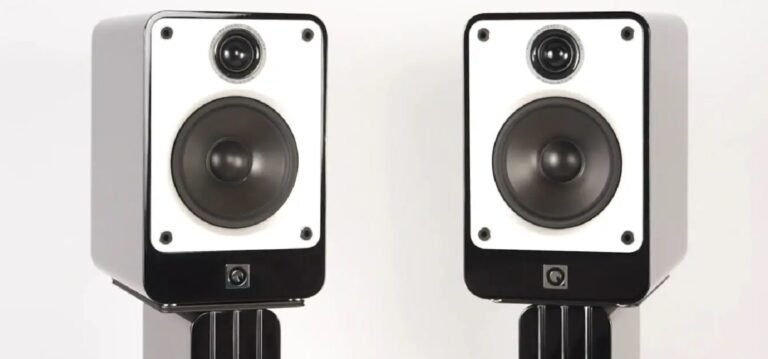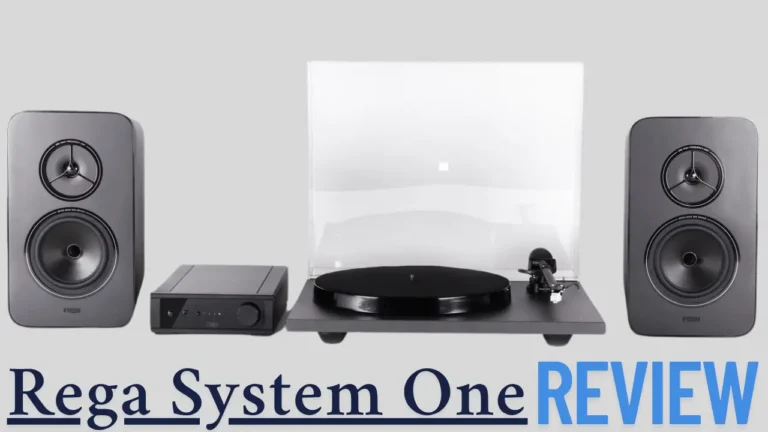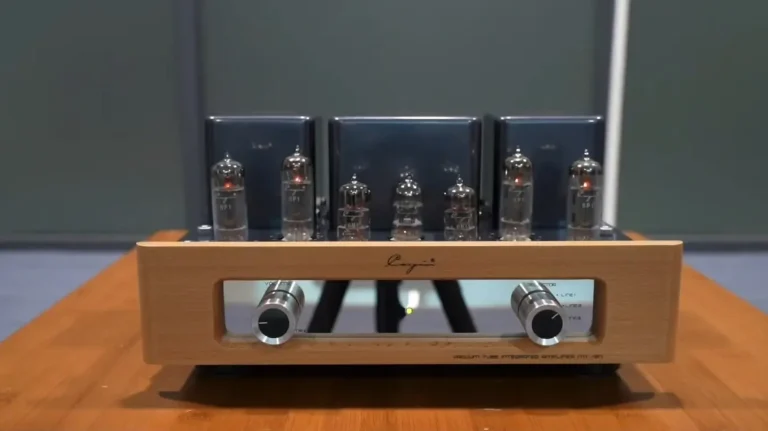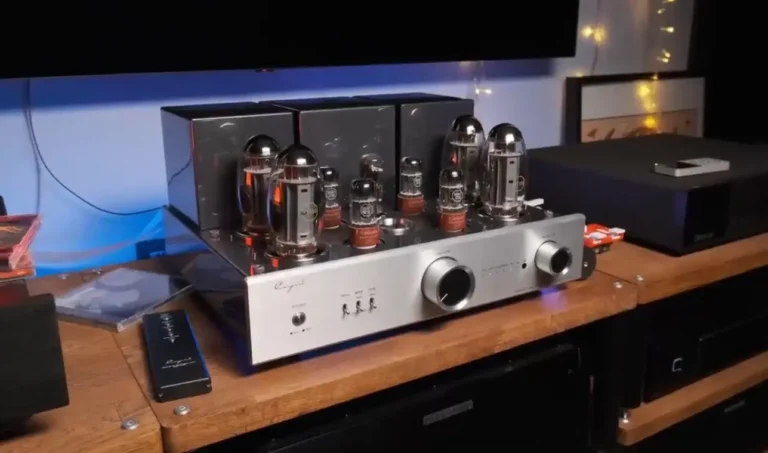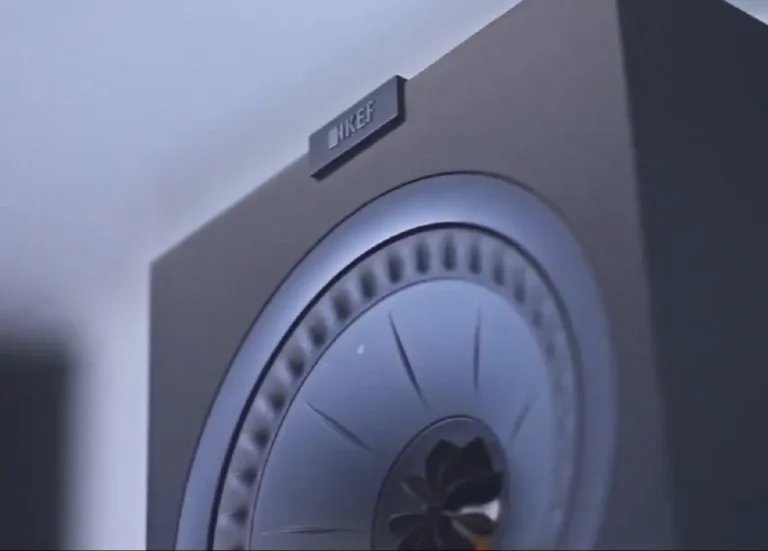Q Acoustics Concept 20 Bookshelf Speakers Review
Q Acoustics doesn’t have as many speaker models as some bigger brands, but their products have still won major awards. The Concept 20 speakers are a special case; they don’t belong to any regular series, which shows how unique they are. They even come with specially designed stands to match. The Concept 20 takes some…

